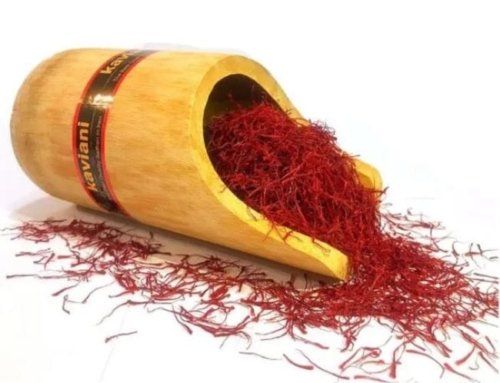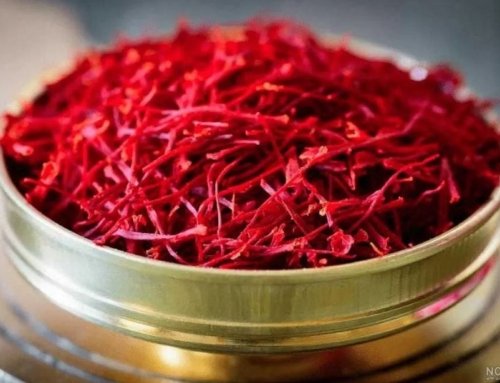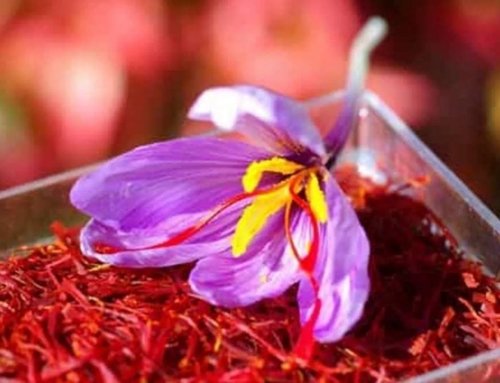 What is the Saffron Grade?
What is the Saffron Grade?
Saffron grade quality
In this article, we will answer the question, “What is saffron grade?” and explain how saffron’s grade is determined. Additionally, we will highlight which type holds the highest saffron grade. For those less familiar with saffron, let’s begin with an introduction. Stay with us until the end of this post for detailed insights. Consequently, you’ll gain a deeper understanding of saffron’s grading system and its value.
What is Saffron?
Saffron, derived from the Iridaceae family and the Crocus genus, is the world’s most expensive and highest-quality spice. This remarkable spice is well-known for its potent fragrance. Furthermore, it is widely used in cooking and medicinal applications, making it one of the most treasured spices around the globe.
What Does Saffron Grade Mean?
Saffron grade refers to its purity and overall quality. Essentially, it indicates how strong the saffron’s color, aroma, and taste are. Notably, higher-grade saffron is highly valued for its intense potency and brilliant color. In essence, the grade reflects the saffron’s ability to impart vibrant color, which is why higher grades are more expensive.
How is Saffron Grade Determined?
Now that we have a clearer understanding of saffron grade, let’s explore the methods used to assess it. In particular, different techniques allow us to measure these qualities more accurately, leading to an overall grade determination.
Laboratory Methods for Determining Saffron Grade
Saffron grade is generally determined through precise laboratory techniques. Below are the methods typically used:
Spectrophotometry
In this technique, the absorption of light at various wavelengths helps assess the grade of saffron. This method is particularly useful for measuring the quality based on color intensity.
Chromatography
This method separates saffron into individual components, and then each component is measured to determine its grade. As a result, chromatography helps reveal the detailed chemical makeup of saffron, influencing its grade.
Titration
Titration involves using chemical substances to measure crocin, the main coloring agent in saffron, in order to establish its grade. Moreover, titration is effective in quantifying saffron’s color strength.
Non-Laboratory Methods
Although these methods are faster and more convenient, they are typically less precise than laboratory techniques. Nevertheless, they can offer valuable insights and are often used in the field:
Visual Inspection
High-grade saffron displays thicker, more uniform threads with a reddish-brown hue, which makes it easier to identify visually. Therefore, visual inspection is an accessible method to distinguish quality saffron.
Scent Test
The fragrance of high-grade saffron is both strong and pleasing to the senses, a key characteristic that sets it apart. Unsurprisingly, the stronger the scent, the higher the grade.
Taste Test
When tasted, high-grade saffron offers a stronger, more bitter flavor, distinguishing it from lower-grade varieties. In other words, flavor is another significant indicator of saffron’s grade.
How Does Saffron Grade Affect Its Price?
The grade of saffron directly influences its price. Since higher-grade saffron offers more intense color, aroma, and flavor, it is typically sold at a higher price. Hence, understanding saffron grade is crucial when setting its market value.
Categories of Saffron Based on Grade
- Grade A+: Saffron with a grade of 3 or higher.
- Grade A: Saffron with a grade between 2.5 and 3.
- Grade B: Saffron with a grade between 2 and 2.5.
- Grade C: Saffron with a grade between 1.5 and 2.
Highest Grade Saffron
The highest-grade saffron is rated at 300, commonly referred to as “Negin.” This saffron is considered the finest quality available. Consequently, “Negin” saffron remains in high demand worldwide.
Which City Produces the Highest Grade of Saffron?
The highest-grade saffron comes from Serayan, located in South Khorasan. Based on tests, saffron from this region consistently scores between 3.2 and 3.5, the highest grade in Iran. Notably, this exceptional quality is largely due to the region’s ideal climate and nutrient-rich soil.
Factors Affecting Saffron Grade
- Climate: Saffron thrives in hot, dry climates, ensuring the plant receives plenty of sunlight for optimal growth.
- Soil Type: Well-drained, alkaline soils are ideal for saffron cultivation. Hence, soil quality plays an important role in saffron’s grading.
- Harvest Timing: To maintain top quality, saffron should be harvested before sunrise. As a result, this ensures that the saffron flowers’ pigments remain intact.
- Processing Method: Correct processing ensures the preservation of saffron’s grade. Consequently, saffron must be handled carefully to maintain its high quality.
How to Identify High-Grade Saffron
- Color: High-grade saffron boasts a deep reddish-brown hue. This vibrant color is unmistakable.
- Fragrance and Flavor: Premium saffron offers a powerful, pleasant aroma and rich flavor, which are key indicators of its grade.
- Thread Quality: High-grade saffron presents thick and uniform threads, a hallmark of superior quality.
- Price: As expected, top-quality saffron comes at a higher price. So, remember that price reflects grade.
Conclusion
Saffron grade quality
We have addressed the question “What is saffron grade?” and discussed the different methods for determining saffron’s grade. Additionally, we have highlighted Serayan saffron from South Khorasan, known for producing the highest grade in Iran. We hope this article was helpful. Feel free to share your questions or suggestions in the comments section below. Ultimately, by understanding saffron’s grading system, you can make more informed purchasing decisions.


![Exporting Saffron to Turkey + Price Guide [Complete 0 to 100]](https://www.rowhanisaffron.com/wp-content/uploads/f1-372-500x383.jpg)




Get Social